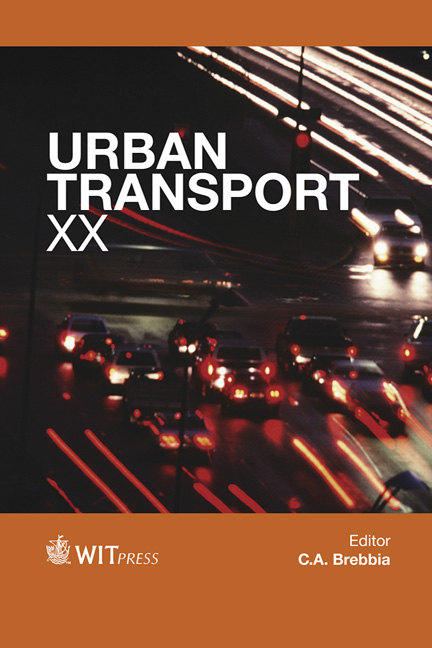Measuring Walkability And Its Effect On Light Rail Usage: A Comparative Study Of The USA And Japan
Price
Free (open access)
Transaction
Volume
138
Pages
12
Published
2014
Size
320 kb
Paper DOI
10.2495/UT140261
Copyright
WIT Press
Author(s)
J. Nawrocki, D. Nakagawa, R. Matsunaka & T. Oba
Abstract
With rising awareness of global warming and its consequences, greater efforts are being made to make our cities more sustainable. Among many factors that can lead to more a sustainable future, policies encouraging walking and the use of public transportation can be considered as major priorities in planning. There is a significant body of research concerning the process of rating urban structure according to its ease of access for pedestrians and concerning the relationships between walking and public transportation. However, there are few studies focused on the direct relationship between walking and Light Rail Transit (LRT). This study sought to understand the effect of the so-called walkability of urban areas on LRT usage in the USA and Japan. To achieve this goal, an objective, an internationally applicable method for quantifying walkability, was devised using urban structure and street network data in the USA and Japan. Walkability indices derived using this method was used to measure the effect of walkability in station areas on LRT ridership in both countries. Results show that the urban structure around stations in Japanese cities can generally be considered more walkable than cities in the USA. Moreover, station area walkability has a measurable effect on LRT usage, but only in the USA.
Keywords
walkability, walking, pedestrian access, LRT, transportation, urban structure, street connectivity.





